What Records All Transactions in a Blockchain?
Note: This post may contain affiliate links, and we may earn a commission (with No additional cost for you) if you make a purchase via our link. See our disclosure for more info. The crypto world is constantly changing. This content is for informational purposes only and not financial, legal, or professional advice So, please verify the info on the cryptocurrency provider’s websites.
In a blockchain, all transactions are recorded in a snazzy decentralized digital ledger. Each transaction gets crammed into blocks. Yeah, blocks! They're not just any blocks; they're linked together in a chain. This clever structure makes sure everything is documented and secure. Oh, and let's not forget the miners solving puzzles to keep things legit. Want to know how this process keeps everything so safe and transparent? Stick around; it gets even better!
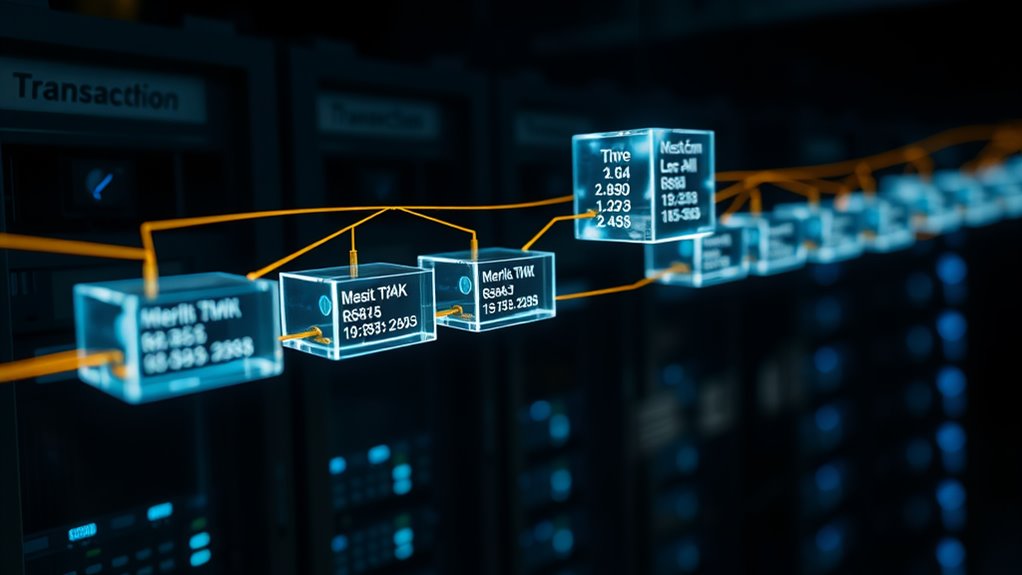
Blockchain transaction records are like the digital ledger of the future, but don't let that fancy term fool you—it's not all high-tech magic. At its core, blockchain is a structure of blocks that store essential information. Each block is a treasure trove, holding transaction details like amounts, timestamps, and the parties involved. And let's be real, without those details, it would be a chaotic mess.
Every transaction gets tracked through UTXOs—those are unspent transaction outputs. Think of them as the leftover change from your last shopping spree. These unspent coins are linked to specific addresses, ensuring that everyone knows who owns what. Good luck trying to pull off a double-spend; the network won't let you.
Now, let's talk about the block structure. Each block isn't just random bits of data; it has headers, a Merkle root for quick verification, and a transaction counter. The Merkle root? It's a fancy hash that links all transactions in a block. It's like a digital fingerprint for each block, keeping everything in check. Additionally, the blockchain ledger is a distributed and decentralized record of transactions, continuously updated with new transactions, ensuring everyone has access to the same information. Each transaction is also validated by nodes according to network rules and the sender's funds availability.
When a transaction is initiated, it gets broadcasted to the network. This is where things get intense. Nodes leap into action, using consensus algorithms to validate transactions. Are they real? Is the sender legit? If all checks pass, the transactions are bundled into blocks.
And yes, miners play an essential role here, solving cryptographic puzzles to add that block to the chain. Here's the kicker: once that block is added, it's set in stone. Immutability is the name of the game. Everything is transparent, decentralized, and cryptographically secure. You can't just waltz in and change things. The security of blockchain records relies on cryptographic hashing algorithms like SHA-256 that ensure data integrity and make tampering virtually impossible.
In the end, blockchain transaction records are a complex dance of verification, security, and transparency. It's a wild world, but at least it's organized chaos.
Frequently Asked Questions
Can Blockchain Transactions Be Reversed or Altered After Confirmation?
Once confirmed, blockchain transactions are locked in tighter than a vault.
Think you can just hit "undo"? Nope. They're immutable. You send funds to the wrong address? Tough luck. No take-backs. It's like a digital tattoo—permanent and unforgiving.
Sure, there's a consensus mechanism that validates everything, but that just means everyone agrees on your mistake.
How Does Blockchain Ensure the Security of Transaction Records?
Blockchain security is no joke. It uses a bunch of fancy cryptographic techniques to keep transactions locked down.
Think unique hash functions that scream, "Tamper with me and face the consequences!" Then there's public key cryptography, ensuring only the right folks can see the info.
Plus, consensus mechanisms like Proof of Stake prevent any funny business. It's like a digital fortress—no one's sneaking in without a fight. Good luck hacking that!
What Happens if a Blockchain Network Goes Offline?
When a blockchain network goes offline, chaos reigns. Nodes drop like flies, transactions stall, and miners scramble. Good luck validating anything!
Sure, some transactions can still get through, but good luck with that. Prices? They're all over the place. It's like a bad reality show.
Smart contracts? They might just flatline if they need real-time data. In short, outages are a hot mess, leaving trust and security hanging by a thread.
Are All Blockchain Transactions Publicly Visible?
Yes, most blockchain transactions are publicly visible. Imagine a giant, open ledger that anyone can peek at. You can see who sent what and when.
But hold on! Those addresses are just pseudonyms. No real names attached—yet, good luck trying to stay anonymous. Patterns can give you away.
Sure, there are privacy tricks out there, but they're not foolproof. So, think twice before you think you're hidden in the digital shadows.
How Are Transaction Fees Determined in a Blockchain?
Transaction fees in a blockchain? Oh, they're a wild ride. They shoot up when the network is packed, thanks to miners chasing the big bucks.
Bigger and more complex transactions? Yeah, they cost more. It's all about size and data.
Users can play with fees, too—higher means faster, lower means waiting. Wallets often offer handy options.
It's a chaotic game of supply and demand, with miners at the helm, cashing in on the frenzy.

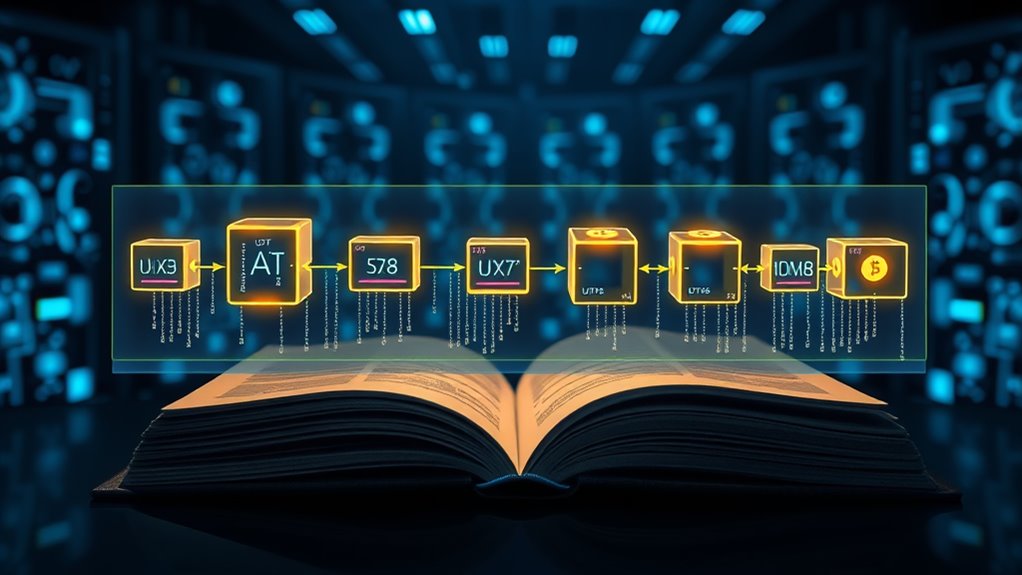

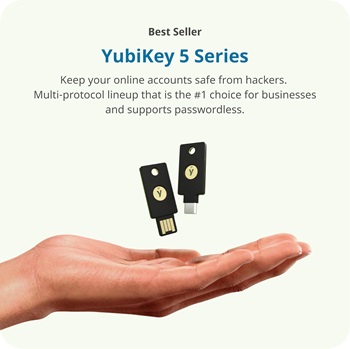

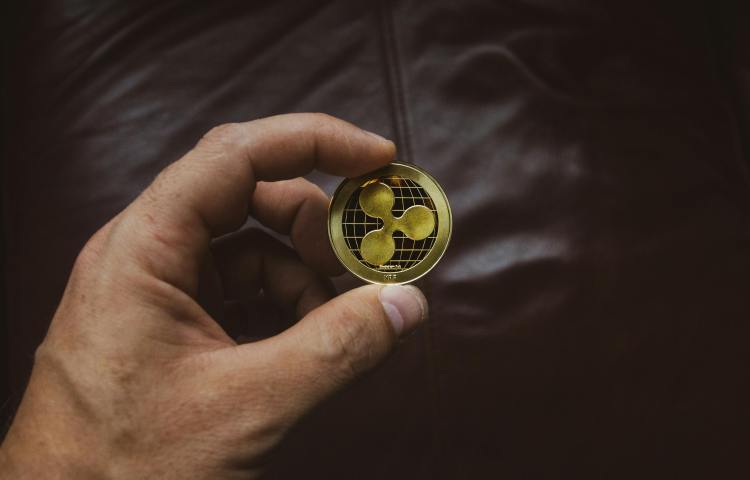


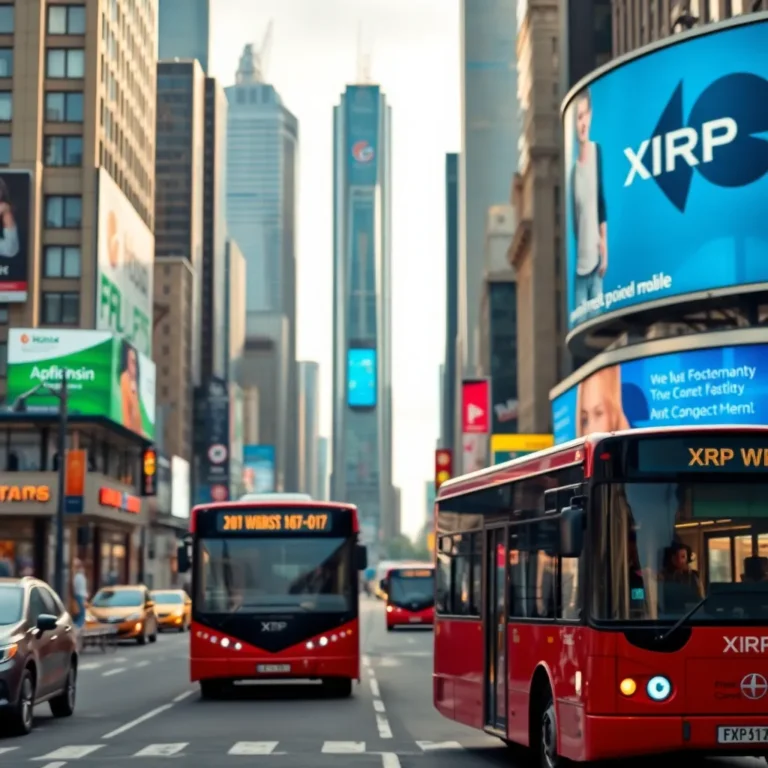


One Comment